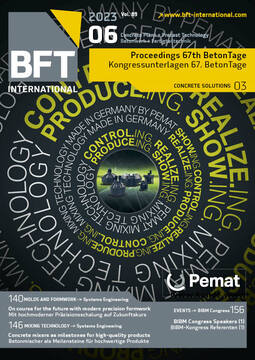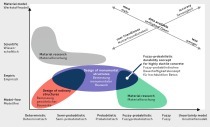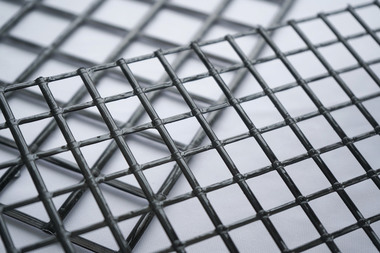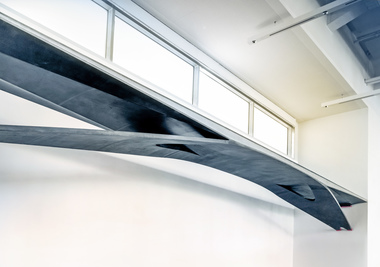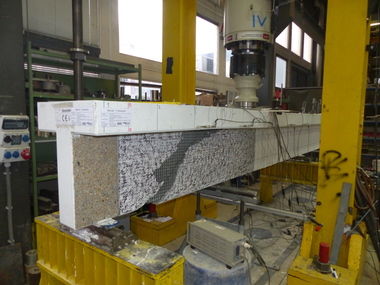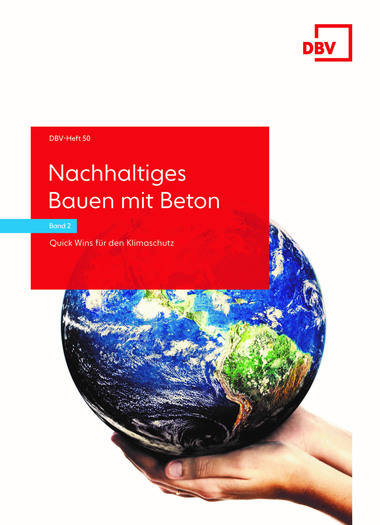Strengthening structural components with CRC – new design software for real-life application
Climate change is the biggest challenge both for current and future generations. For the construction industry, this means, in concrete terms, that we need to increase resource efficiency. Several concepts are available to achieve the climate goals. One of the most important measures is protecting our built environment. To this end, existing structures must be used and preserved for as long as possible. In recent years, strengthening or refurbishing precast concrete elements with carbon reinforced concrete (Carborefit) has proven to be an effective option for this type of application. In this process, thin layers of carbon reinforced concrete (a total thickness of 10-15 mm is generally sufficient in building construction) are applied to existing concrete structures in order to restore or increase their load-bearing capacity, thus saving existing structures from demolition.
The potential is impressively demonstrated by the large number of projects implemented. In Germany, Carborefit is an accepted strengthening method with carbon reinforced concrete and has been granted a general technical approval. The approval is constantly expanded by the applicant.
Designing the strengthening layers frequently required a major familiarization effort on the designers’ part, since design tables or software systems were not available until recently. In collaboration with software designer Frilo, the first design software for steel reinforced concrete elements with carbon reinforced concrete strengthening was developed in 2022 and released at the end of the year. It provides users with a tool that enables them to design strengthening applications with carbon reinforced concrete quickly, reliably and cost-efficiently.
The paper will give a clear demonstration of how to design using the design software, and will present further developments for strengthening structural components with carbon reinforced concrete.




